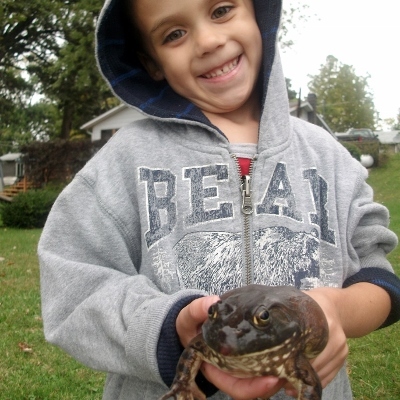
Did you know that your pet might cause your child to get sick? Are you aware of zoonotic diseases that are transmitted from animals to humans? These maladies range from bacteria to viruses and internal and external parasites to fungal infections. Since having a pet (dogs and cats are the most popular) are common in households, it’s best to know what zoonotic diseases are and speak to your veterinarian to see if your pet is up to all vaccines that are necessary. It’s also important to keep your family safe by using protective measures, such as the disposable gloves available from Unigloves Online. Remember, protecting your pet is also protecting your family and vice versa.
Ringworm
The most common zoonotic disease throughout the world is ringworm. It’s a fungal disorder of the skin that presents a circular rash (shaped like a ring) and is gets red and itchy. This disease is prevalent among younger dogs and cats. It can affect people of all ages and is highly contagious.
Roundworms
Roundworms live in an infected pet’s intestines. Many pets do not have symptoms, but you can see puppies that are infected posing a potbelly appearance along with diarrhea and vomiting. The young pups can even cough if the roundworms migrate up to their lungs during development. These parasites can infect people and children, so it’s so important to have your pets checked by your veterinarian to help reduce this infection risk to your pets and your family members.
Hookworms
Pets become infected with hookworms when they come in contact with the larvae either by eating them in the dirt or when cleaning themselves if a larvae is on their skin. People can become infected with hookworms by walking barefoot or playing in soil that has feces from an infected animal. The larvae penetrate and invade the skin producing small, itchy raised lesions call papules. They also can be ingested from dirty hands to mouth from the dirt and invade the body.
Cat Scratch Disease
The Cat Scratch Disease is caused by the Bartonella bacteria, which is carried by fleas. Among the many mammals infected are cats. If a cat or kitten that has this disease scratches a child, it is passed on. Symptoms are usually fever, enlarged and tender lymph nodes, and small skin swellings.
Leptospirosis
Leptospirosis can be transmitted from pets and livestock to people through contact with urine or other bodily fluids. This can be directly from your pet or through soil that has been contaminated. The bacterium penetrates the skin or mucous membranes in the eyes, nose, or mouth and spread through the body through the bloodstream. This is a very dangerous disease as it affects body organs in your pet and in humans.
The bottom line:
To minimize the risk of these diseases to your pet and family, ask your veterinarian which preventative or control measures he/she recommends.
Make sure your family washes their hands after handling pets and playing outdoors. And if you must handle waste, wear disposable gloves.
Keep children’s sandboxes covered to discourage animals from defecating inside.
These ounces of prevention will safeguard not only your pet, but your family too! For more information on zoonotic diseases, check out this fact sheet.










